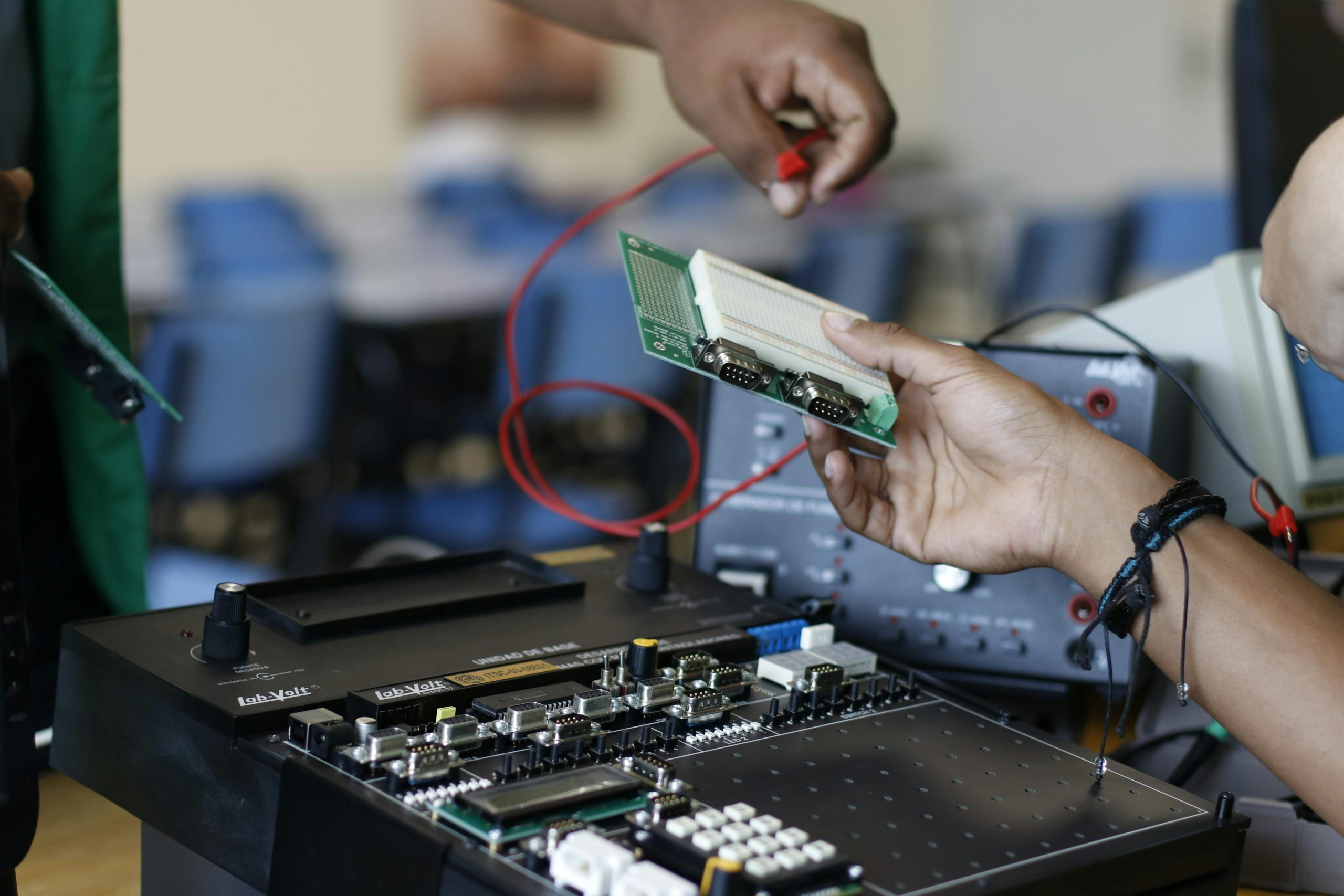Analyzing the Science Behind Noise-Canceling Headphone Technology
Have you ever wondered how noise-canceling headphones work their magic? These headphones have become increasingly popular in recent years, with more and more people investing in them to enhance their listening experience. But what exactly goes on behind the scenes to block out all that unwanted noise? In this article, we’ll take a deep dive into the science behind noise-canceling headphone technology, from the basic principles to the intricate details. Get ready to discover the inner workings of a technology that has revolutionized the way we listen to our favorite tunes.
The Basics of Noise-Canceling Headphones
Noise-canceling headphones, also known as active noise control headphones, use advanced technology to reduce or eliminate external noise. Unlike regular headphones, which simply block out sound by physically covering your ears, noise-canceling headphones actively counteract the noise around you. They use a combination of microphones and electronic circuitry to produce an “anti-noise” signal that cancels out the external noise before it reaches your ears.
Active Noise Control
The key to noise-canceling headphones is a process called active noise control. It works by using internal microphones to detect ambient noise and then generating an opposite sound wave to cancel out the noise. This is called destructive interference, where two sound waves with opposite peaks and troughs cancel each other out. The end result is a significantly reduced level of outside noise, making it easier to focus on the music or audio you want to hear.
The Role of Microphones
The effectiveness of the noise-canceling process is largely dependent on the quality and placement of the microphones used. Noise-canceling headphones typically have one or more microphones on the outside of the ear cups to capture ambient noise. These microphones are then analyzed by the headphone’s circuitry, which creates the anti-noise signal to combat the unwanted sound. Some headphones also have internal microphones to capture and cancel internal noise, such as the sound of your own breathing or the rustling of clothing.
The Science Behind Active Noise Control
Now that we understand the basics of active noise control, let’s take a closer look at the science behind this technology. The process involves complex calculations and algorithms to create the anti-noise signal. But to put it simply, the headphones are constantly adjusting the output of the anti-noise signal to match the level and frequency of the detected noise. This allows for real-time cancellation of ambient noise, creating a peaceful and immersive listening experience.
Cancellation of Low-Frequency Noise
One of the biggest challenges for noise-canceling headphones is cancelling low-frequency noise. These low-frequency sounds, such as the rumble of an airplane engine or the hum of a HVAC system, are much harder to block out than high-frequency noise. This is because low-frequency sounds have longer sound waves, making them more difficult to interfere with. To address this issue, noise-canceling headphones use multiple microphones with different sensitivities and a range of filters to accurately capture and cancel low-frequency sounds.
Battery-Powered Technology
In order for noise-canceling headphones to work, they need a steady power source. This is why most noise-canceling headphones are battery-powered. The headphone’s circuitry and anti-noise signal generator require constant power to function effectively and cancel out noise in real-time. Some headphones have a battery life of up to 20 hours, while others offer the option to switch to passive mode when the battery is depleted, allowing for regular headphone use without the noise-canceling feature.
The Future of Noise-Canceling Headphones
The science and technology behind noise-canceling headphones have come a long way in recent years, and it shows no signs of slowing down. Manufacturers are constantly striving to improve the effectiveness and comfort of these headphones, making them a must-have for music lovers and commuters alike. The development of new materials and advancements in microphones and circuitry continue to push the boundaries and improve the overall listening experience.
Adaptive Noise Cancellation
One exciting development in noise-canceling headphone technology is the concept of adaptive noise cancellation. This involves using artificial intelligence and machine learning to analyze and adjust the anti-noise signal in real-time, based on the user’s environment and listening preferences. This could potentially lead to an even more personalized and effective noise-canceling experience.
Integrated Virtual Assistants
Another trend in the headphone industry is the integration of virtual assistants, such as Amazon’s Alexa or Google Assistant. This allows users to control their headphones and other devices hands-free, making for a truly seamless and convenient experience. As these virtual assistants continue to develop and improve, they may also play a role in the noise-canceling process, creating a more well-rounded and efficient listening experience.
Conclusion
The science behind noise-canceling headphone technology is truly remarkable. From the basics of active noise control to the advanced algorithms used to cancel out low-frequency noise, these headphones are a testament to the power of modern technology. As the demand for noise-canceling headphones continues to grow, so too does the research and development behind them. So the next time you put on your noise-canceling headphones and enjoy a quiet and immersive experience, remember the intricate science that goes into making it all possible.










